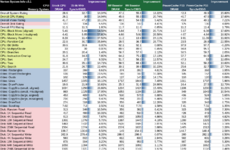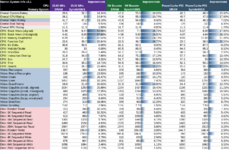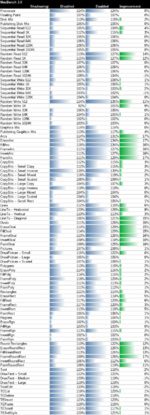zigzagjoe
Well-known member
Yes, that buffers the clock for upstream cards. I don't know when Bolle introduced clock buffering in his risers, it may have been on all of them. If your card works on top of the booster, though, then it would seem like clock delay isn't it.Shadowing in 32-bit mode doesn't modify the MMU tables. My Booster PCB says V1.2.
How do you do the ROM shadowing? Just updating trap addresses instead, perhaps? I was thinking you were copying the ROM contents at 0x40000000 to another address within card RAM, then just using the MMU to map 0x400000000 to the new address.



